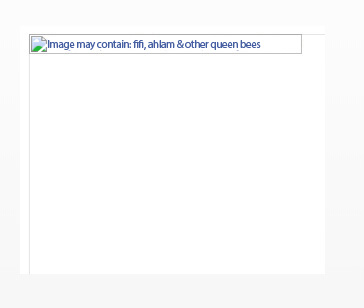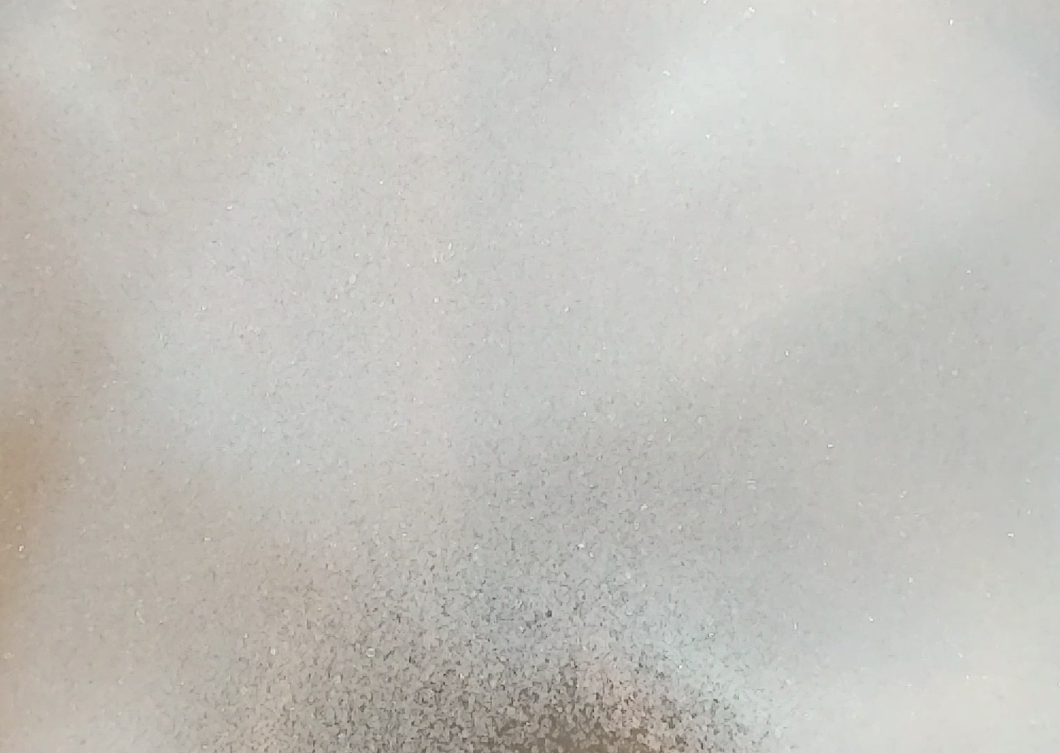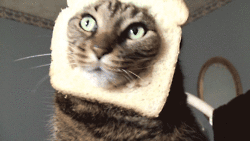Moza Almatrooshi
 Blog: why using food in your art does not make you “cutting-edge”
Blog: why using food in your art does not make you “cutting-edge”
Would you approach every painter and expect them to handle their work similarly _solely on the basis that the comparison relies on their use of paint_? No.
So what makes gallerists think that pigeonholing artists who apply food into their practice acceptable?
It’s not. And here’s why:
I was once approached by a gallery in London to prepare a dinner party, because they came across my work and saw that I mix food with other media. Initially I was excited, but neither of us followed through with the idea. I withdrew my excitement because my work is not about hosting for the sake of hosting, and cooking for the sake of cooking, or designing sensory experiences that demand your tastebuds put my concept before your palette’s preferences.
Food, like any object you could choose to think about in the world, has very specific scopes of thinking for me: nurture, nature, division, politics, contamination, waste, divine, basic, sustenance……
I work(ed) truly hard on graduating from the one dimensional realm of referring to food as a subject that brings people together, transcends borders & difference in cultures, and eases your white colonial guilt ™ .
The poetics of food are vast and deep, but still manage to be reduced to schemes of gathering people and not a step beyond that. I am reminded by an exhibition in Peckham in a small independent space, that gave a curator the reigns to turn the space into an artist run cafe. The work of the artists dressed the “cafe’s” walls, built its furniture & centerpieces, and put together a menu. As I sat there sipping tea I was not able to ignore the looks of the passersby (members of the neighborhood), their looks puzzled and alienated on their own turf, not swayed by the free hot drink offer scribbled on the board outside.
At first, I was impressed by the resistance that the concept of the cafe attempted to promise, but my excitement sank when I became privy to all the ways they failed to do so. Their resistance suggested to challenge what constitutes art, what defines it, and the ways of its consumption. This quickly left an unseasoned taste in my mouth because of its transparent flop to establish a connection with the community living and working around the exhibition space; their outreach confined to those who can locate them on social media to attend their workshops, which have nothing to do with the culinary practices and norms of the postcode the exhibition was housed in. Not that it should be site specific, but to preach a message about connectedness through food while simultaneously avoiding the reality of the space and time the work hung in, was more bitter than sweet.
That same summer saw the work of an artist who merged augmented reality, bread, text, and audio recordings in a room where the viewer was asked to engage and dig up the work virtually with an iPad. The work, displayed in Angel, tackled a number of issues and questions, one of which was a fictional (but possible) idea that the world will have to acclimate to a new language layered over their forgotten mother tongue. The work also enlisted the collaboration of different groups of people, all who enriched the work based on their experience in linguistics, or being a part of a group who embodied the reality of the suggested fiction, such as migrant workers. The use of food here as a visual and not an edible experience presented alternative realms of thinking about the symbolism that is offered to be digested, instead of simply swallowed and instagrammed.
I will not go into depths to describe either of the exhibitions further, the point is not to critique or praise any of the artists’ intentions and outcomes, it is to cast a wider net around the failings of looking at food in art as a medium that holds potency more than we give it credit. When faced with critique, the topic of food in art is easily brushed off as a trend. Like food was only meant to be consumed to fill your insides, never offered to gods and goddesses you cannot pronounce, not used as religious propaganda, or rationed in violent nationalistic regimes, it never made an appearance in fiction as old as time. No it’s your supper club hosted in a gallery that really wanted to involve the community [define community please] that put food x art on the map, AND gave it the meaning it was starved of.


